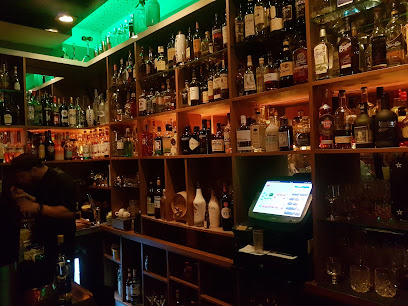
Leineschloss: A Seat of Power and History
Explore Hannover's Leineschloss: A historic palace turned parliament, blending centuries of royalty and political power in the heart of the city.
The Leineschloss, also known as Leine Palace, stands as a testament to Hannover's rich history and political evolution. Originally built in 1637 as a modest half-timbered residence for Duke George of Calenberg, it has since served as a royal residence, monastery, opera house, and even barracks. Severely damaged during World War II, the palace was reconstructed in the late 1950s and early 1960s, now serving as the seat of the Landtag of Lower Saxony. Located on Hannah-Arendt-Platz, the Leineschloss offers visitors a glimpse into the region's past and present, blending historical significance with modern political function. Its architecture reflects various periods, with a notable portico featuring six Corinthian columns, making it a compelling landmark in the heart of Hannover. While the interior is primarily dedicated to parliamentary functions, the exterior and surrounding area provide a captivating experience for those interested in history, architecture, and German politics.
A brief summary to Leineschloss
- Hannah-Arendt-Platz 1, Hanover, Hanover-Mitte, 30159, DE
- +4951130302411
- Visit website
Local tips
- Check the Landtag of Lower Saxony's website for information on guided tours to learn about the palace's history and current parliamentary functions.
- Visit Hannah-Arendt-Platz to see the Schlossbrunnen, Hannover's oldest fountain, and learn about the philosopher for whom the square is named.
- Explore the surrounding Altstadt (Old Town) for charming shops, restaurants, and historical architecture within walking distance.
Getting There
-
Public Transport
From Hannover Hauptbahnhof (main train station), take any of the U-Bahn lines (3, 7, or 9) heading towards the city center. Get off at the Markthalle/Landtag station, which is directly adjacent to Hannah-Arendt-Platz and the Leineschloss. A single ride ticket (Einzelfahrschein) for the short trip costs approximately €3.40.
-
Walking
From Kröpcke, Hannover's central square, walk south along Karmarschstraße. Continue onto Leinstraße, and you'll see the Leineschloss on your left, across Hannah-Arendt-Platz. The walk is approximately 5-10 minutes and offers views of the city center.
-
Taxi/Ride-Share
A taxi or ride-share from Hannover Hauptbahnhof to Leineschloss will take approximately 5-10 minutes, depending on traffic. The estimated fare is between €10-€15. Be sure to specify 'Leineschloss, Hannah-Arendt-Platz' as your destination.
-
Driving
If driving, navigate to Hannah-Arendt-Platz 1, 30159 Hannover. Limited parking is available in the vicinity. Consider using nearby parking garages such as Parkhaus Altstadt/Schmiedestraße or Contipark Parkhaus Markthalle. Parking fees typically range from €2-€4 per hour.
Discover more about Leineschloss
Iconic landmarks you can’t miss
Leineschloss
0.0 km
Explore Hannover's Leineschloss: A historic palace turned parliament, blending centuries of royalty and political power in the heart of the city.

Göttingen Seven Monument
0.1 km
Explore the Göttingen Seven Monument in Hanover, a historic landmark celebrating the legacy of academic freedom and courage.
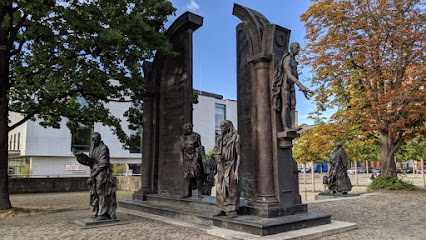
Broyhan Haus
0.2 km
Discover the authentic taste of Germany at Broyhan Haus, where every meal is a celebration of tradition and flavor in the heart of Hanover.
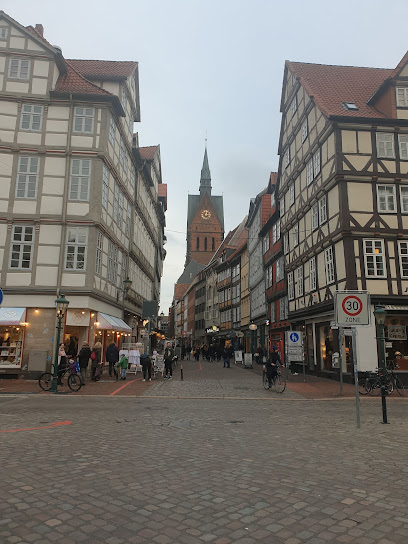
Ballhofpl. 1
0.2 km
Discover Hanover's historic heart at Ballhofplatz, a charming square with a rich past, vibrant cultural scene, and picturesque half-timbered buildings, offering a delightful experience for every traveler.
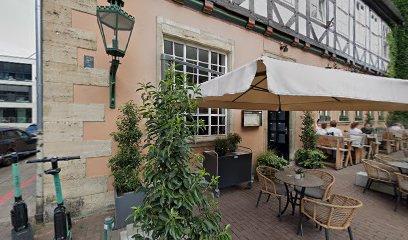
ATRIUM Altes Rathaus Hannover
0.2 km
Dine in the heart of Hanover's history at ATRIUM Altes Rathaus, where culinary excellence meets architectural grandeur in the city's oldest secular building, offering a unique and memorable experience.
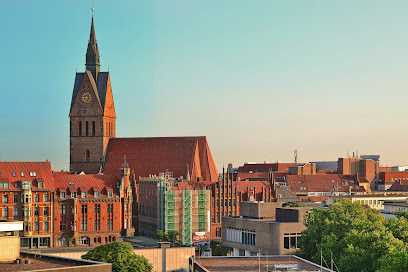
Laveshaus
0.3 km
Explore Laveshaus, an architectural masterpiece in Hanover, where history and beauty meet in stunning harmony.
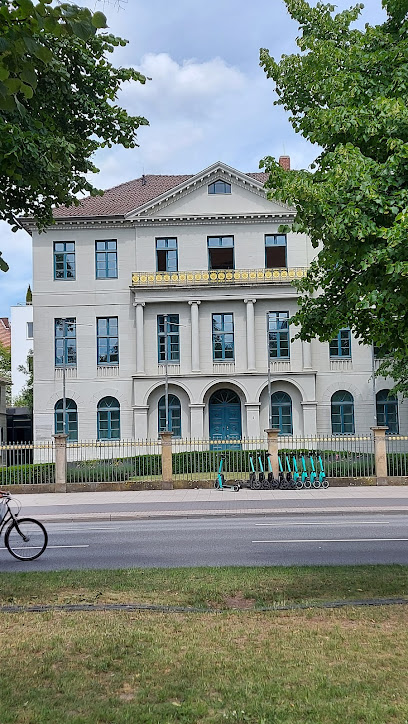
Abendmahl
0.3 km
Explore Abendmahl, a serene tourist attraction in Hanover, where history, culture, and tranquility converge for an unforgettable experience.
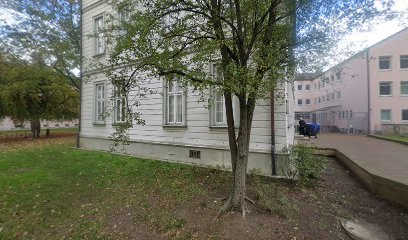
Wünschestein (Skulptur)
0.3 km
Explore Wünschestein in Hanover, a stunning sculpture that reflects contemporary art and cultural vibrancy in the heart of the city.
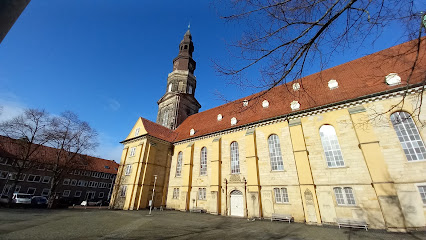
Kreuzkirche
0.3 km
Discover Hannover's oldest parish church, the Kreuzkirche, a blend of Gothic and Baroque architecture housing historical treasures and hosting vibrant cultural events in the heart of the Old Town.

Bogside '69 - Skulptur
0.4 km
A powerful sculpture in Hanover commemorating the Bogside events of 1969 in Northern Ireland, connecting human rights, political violence, and the need for peace and understanding.
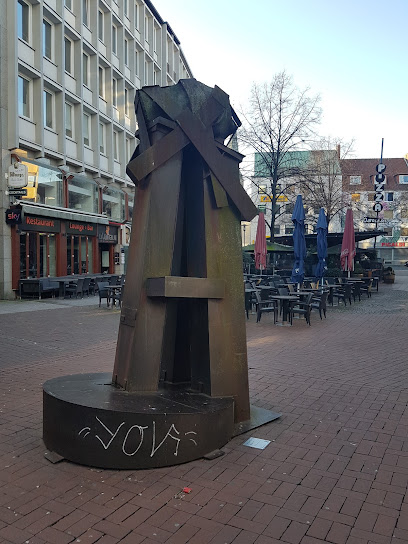
Waterlooplatz
0.5 km
Discover Waterlooplatz in Hanover: A historic square commemorating the Battle of Waterloo, now a vibrant public space hosting events and offering a green oasis in the city center.
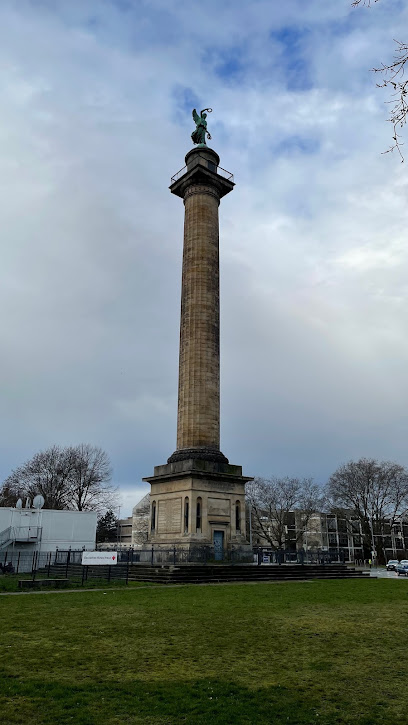
Drachentöterhaus
0.5 km
Explore Drachentöterhaus in Hanover, a historical landmark that enchants visitors with its rich history and captivating architecture.
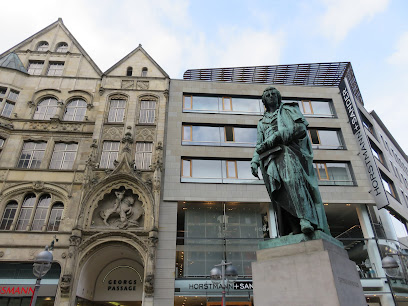
Friedrich Schiller
0.6 km
Discover the Friedrich Schiller Monument in Hanover, a cultural gem honoring the great German playwright amidst beautiful gardens.
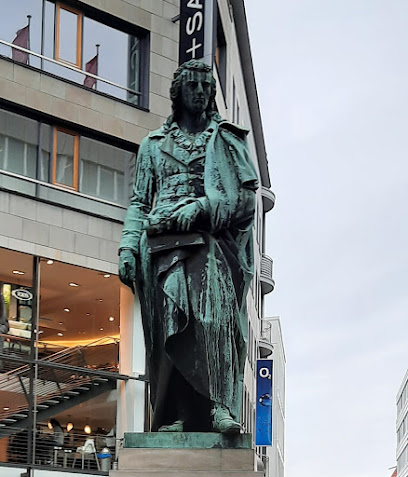
Clevertorbrücke
0.6 km
Explore Clevertorbrücke in Hanover, where stunning architecture meets vibrant culture and picturesque views, perfect for every tourist's itinerary.

Denkmal Heinr. Schrader Bademeister zu Hannover
0.6 km
Honoring a Hanoverian hero: Discover the story of Diederich Heinrich Schrader, the 19th-century swimming instructor who saved 560 lives, at this modest yet meaningful monument.
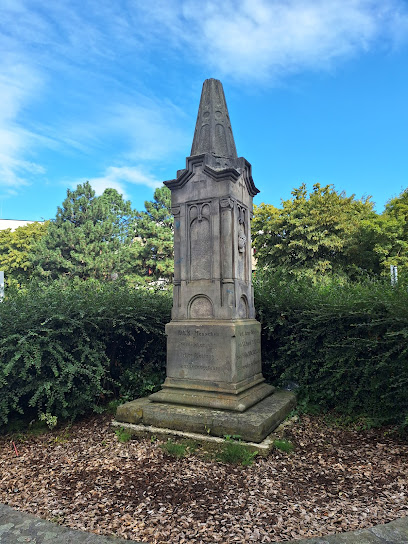
Unmissable attractions to see
Leibniz House
0.1 km
Explore the historic Leibniz House in Hanover, a cultural landmark celebrating the genius of Gottfried Wilhelm Leibniz and his enduring legacy.
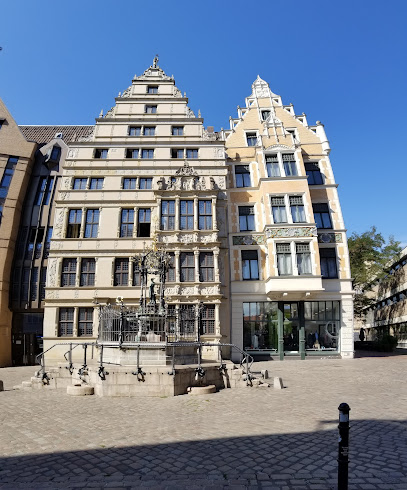
Oskar Winter Fountain
0.1 km
Experience the charm of Hannover at Oskar Winter Fountain, a delightful tourist attraction surrounded by lush greenery and vibrant city life.
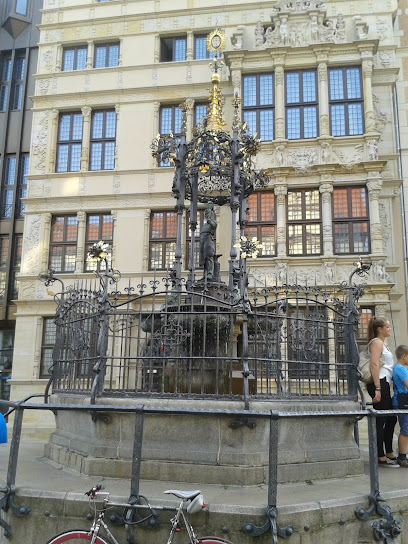
Oskar Winter-Brunnen
0.1 km
Experience tranquility at Oskar Winter-Brunnen, a stunning fountain in Hanover that blends art, nature, and relaxation.
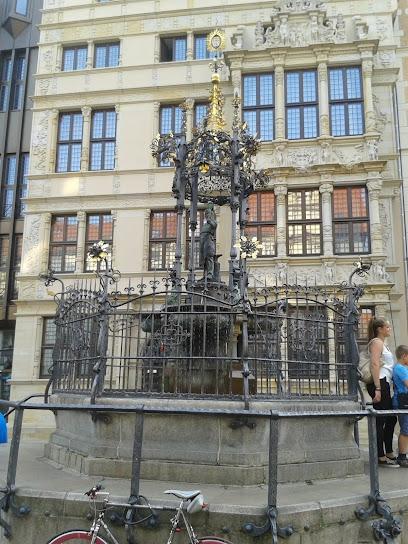
Hannover History Museum
0.2 km
Explore the fascinating history of Hanover at the Hanover History Museum, showcasing artifacts from medieval to modern times in an interactive setting.
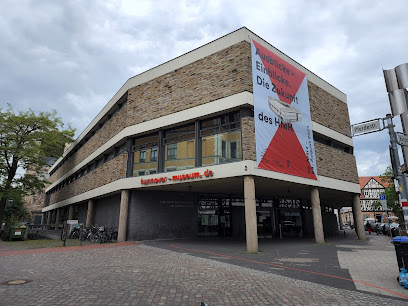
Beginenturm
0.2 km
Explore Beginenturm in Hannover, a historic tower offering breathtaking views of the city and a glimpse into its architectural heritage.

Hannover Altstadt
0.2 km
Explore Hannover Altstadt: A Historical Landmark Filled with Culture, Charm, and Unique Experiences in the Heart of Hanover.
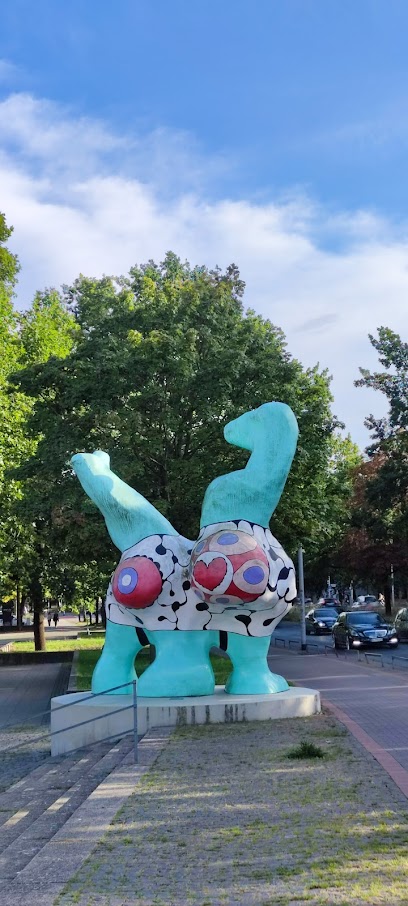
Tor des Marschalls Marstalltor
0.2 km
Discover the Tor des Marschalls Marstalltor, a stunning historical landmark in Hannover showcasing rich architectural heritage and captivating stories.
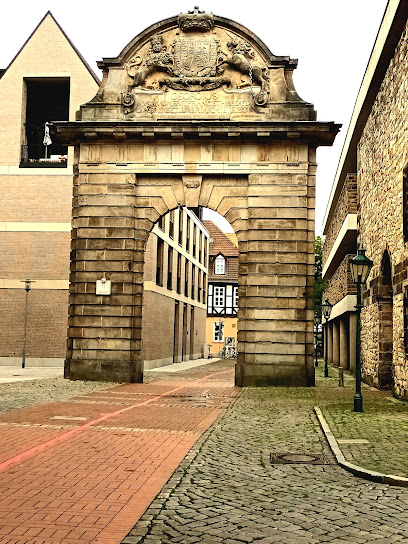
Markthalle Hannover
0.2 km
Experience the flavor and culture of Hannover at Markthalle – a bustling marketplace filled with local produce, international delicacies, and artisanal crafts.
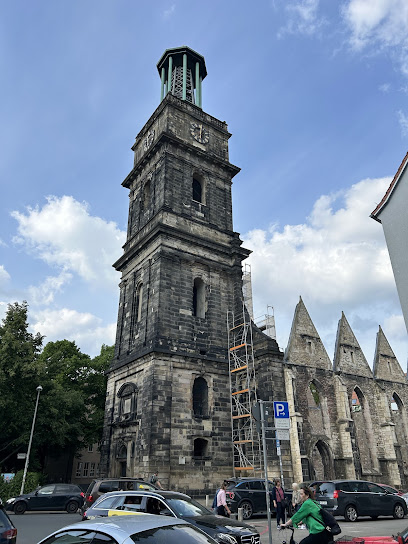
Ballhofplatz
0.2 km
Discover Ballhofplatz in Hanover: A historical plaza filled with culture, charm, and picturesque scenery, perfect for leisurely exploration.
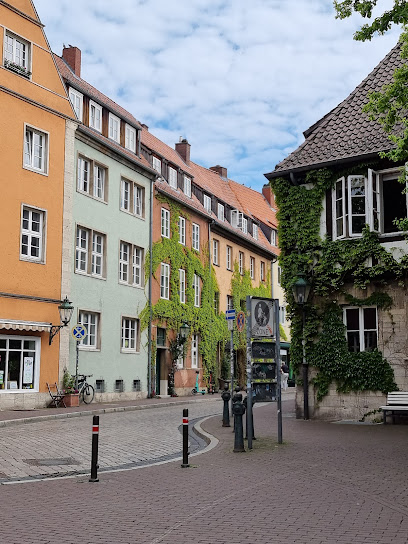
Market Church Hannover
0.2 km
Explore the historical and architectural beauty of Market Church Hannover, a stunning Gothic landmark in the heart of the city.
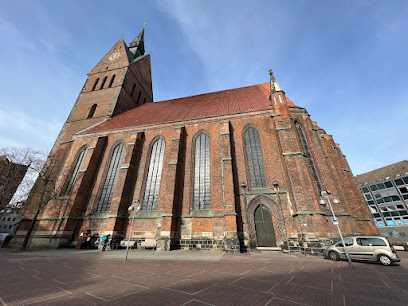
Marktkirche Hannover
0.2 km
Discover the historical and architectural wonders of Marktkirche Hannover, a stunning Gothic church in the heart of Hanover.
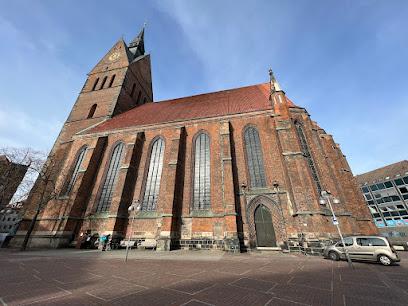
Old Town Hall
0.2 km
Discover the stunning architecture and rich history of Hanover's Old Town Hall, a must-visit landmark for every tourist exploring the city.
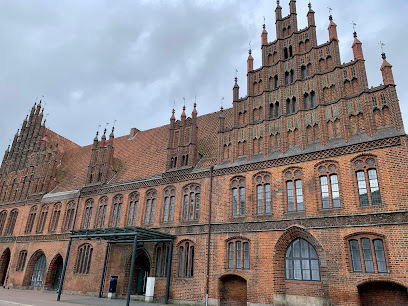
Niki de Saint Phalle - NANAS
0.3 km
Discover the enchanting world of Niki de Saint Phalle's NANAS in Hannover, a colorful celebration of femininity through vibrant sculptures.
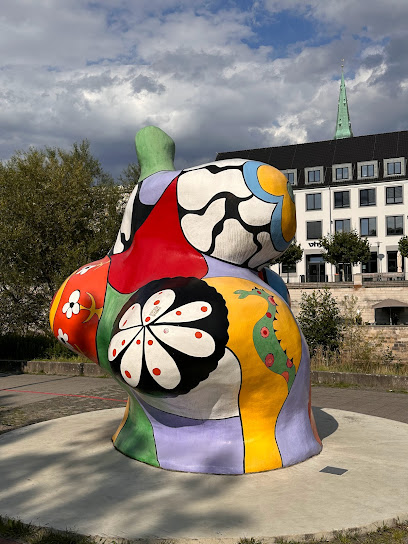
Neustädter Kirche, Hanover
0.3 km
Discover the tranquil beauty of Neustädter Kirche, Hanover's historic Evangelical church, a perfect blend of architecture, culture, and spirituality.
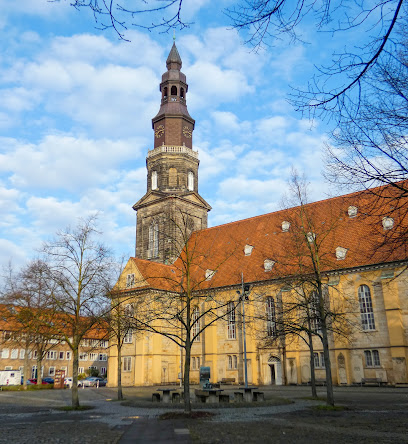
Museum August Kestner
0.4 km
Discover the artistic heritage of Hanover at Museum August Kestner, showcasing timeless treasures from antiquity to contemporary art.
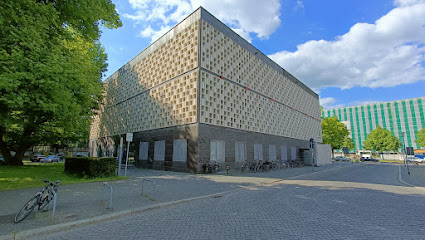
Essential places to dine
VOTUM
0.1 km
Experience exquisite fine dining at VOTUM in Hanover – where modern gastronomy meets elegant ambiance.
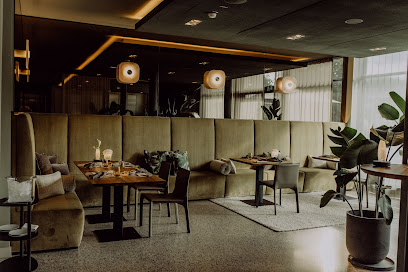
A´Mura
0.1 km
Experience authentic Italian cuisine at A'Mura in Hanover—where every dish tells a story.

Stadtmauer am Fluss
0.2 km
Discover culinary delights at Stadtmauer am Fluss in Hannover, where local flavors meet serene riverside views for an unforgettable dining experience.
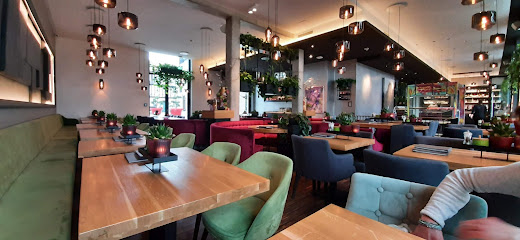
Restaurant Grüpchen
0.3 km
Discover the rich flavors of Hanover at Restaurant Grüpchen - where local meets international cuisine in a cozy setting.
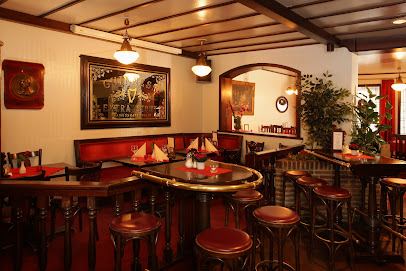
KUHnstWERK
0.3 km
Experience gourmet burgers at KUHnstWERK in Hannover – where taste meets creativity in every bite.
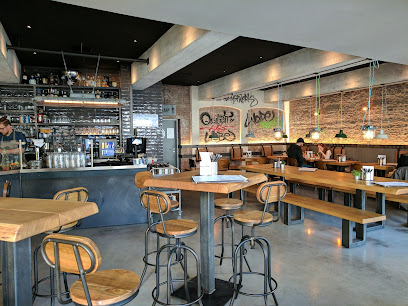
Pfannkuchen Haus
0.4 km
Experience delicious pancakes and authentic German cuisine at Pfannkuchen Haus in Hanover - a must-visit culinary destination.
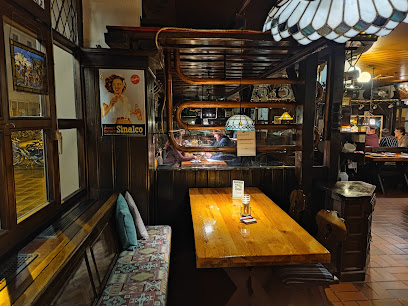
bona'me Hannover
0.4 km
Experience the best of Middle Eastern cuisine at bona'me Hannover - where tradition meets flavor in a vibrant atmosphere.
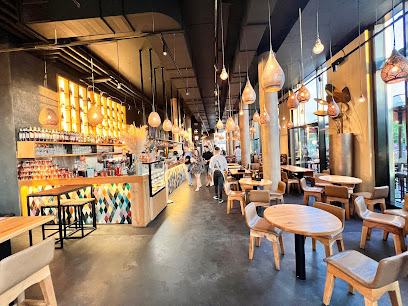
6 Sinne Sky Bar and Restaurant
0.5 km
Discover exquisite dining with panoramic views at 6 Sinne Sky Bar and Restaurant in Hanover – where culinary artistry meets stunning skyline vistas.
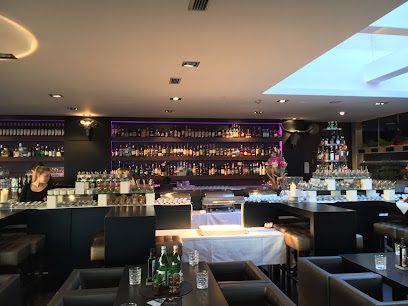
Bavarium Hannover
0.5 km
Experience authentic German cuisine and lively beer garden vibes at Bavarium Hannover - a culinary delight in the heart of Hanover.
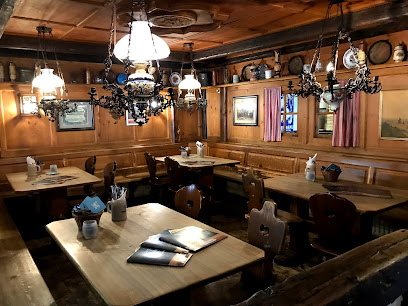
DIE SCHMIEDE Hannover
0.5 km
Discover DIE SCHMIEDE Hannover – where traditional German cuisine meets vibrant social atmosphere in the heart of Hanover.
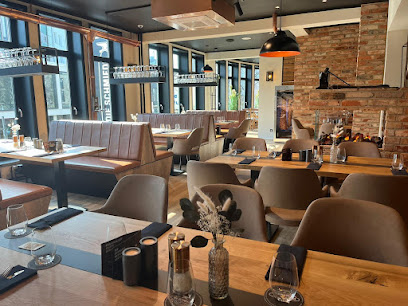
BLOCK HOUSE Am Kröpcke
0.5 km
Experience exquisite steaks and welcoming ambiance at BLOCK HOUSE Am Kröpcke - the ultimate dining destination in Hannover.
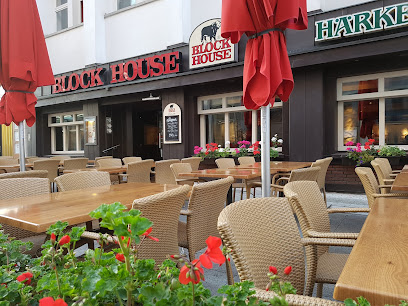
Gondel Restaurant & Bar im Georgspalast
0.5 km
Experience traditional German cuisine with a modern twist at Gondel Restaurant & Bar in Hanover's historic Georgspalast.
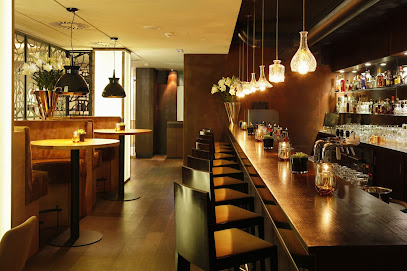
Meiers Lebenslust Restauration und Hausbrauerei
0.6 km
Discover the charm of traditional German cuisine at Meiers Lebenslust Restauration und Hausbrauerei in Hanover.
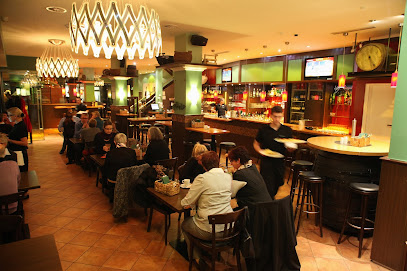
Max Walloschke
0.6 km
Experience authentic German cuisine at Max Walloschke in Hanover, where tradition meets taste in a cozy setting.
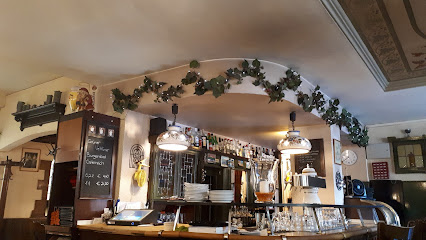
MARY´s Restaurant
0.7 km
Experience fine dining at MARY's Restaurant in Hanover—where culinary excellence meets sophisticated ambiance.
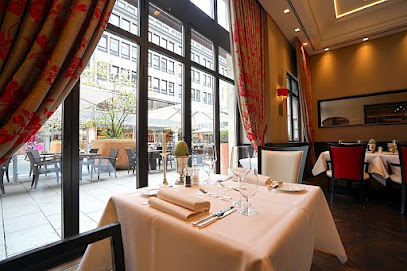
Markets, malls and hidden boutiques
Souvenirs & Geschenkartikel Inh. Lutz Wedekind
0.2 km
Explore unique souvenirs and gifts at Souvenirs & Geschenkartikel in Hanover, the perfect stop for capturing memories of your travels.
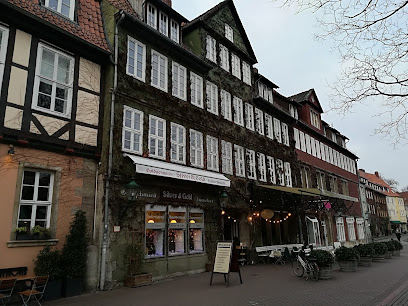
Marie Jo Modeboutique
0.3 km
Explore the elegance of men's fashion at Marie Jo Modeboutique in Hannover, where style meets quality in a charming boutique atmosphere.
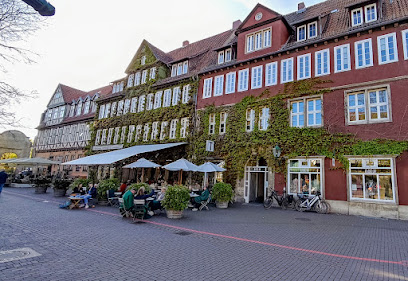
Oxfam Shop Hannover
0.3 km
Explore Oxfam Shop Hannover for unique thrift finds - clothing, accessories, and books that support global charity efforts.
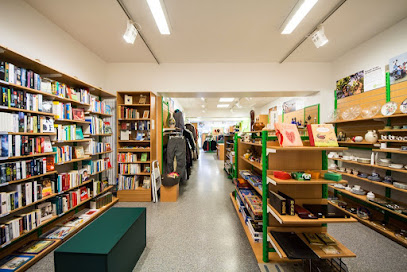
Lacoste
0.4 km
Explore fashion at Lacoste in Hannover - a stylish destination for men's, women's, and children's clothing, accessories, and footwear.
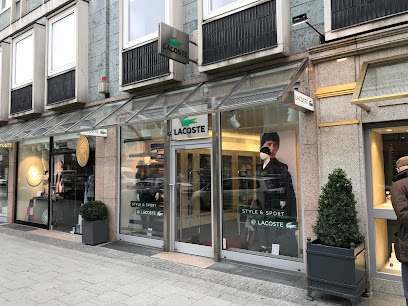
greenality Hannover
0.4 km
Explore sustainable fashion at Greenality Hannover, where style meets eco-consciousness in the heart of the city.
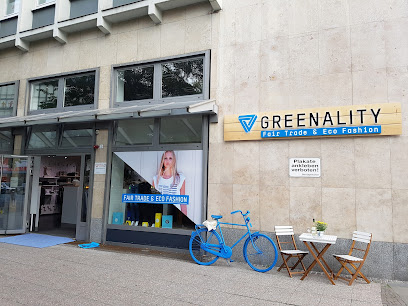
Earth & Sky - the green shop GmbH
0.4 km
Shop sustainably at Earth & Sky, Hanover's premier eco-friendly gift shop featuring unique clothing and thoughtful gifts.
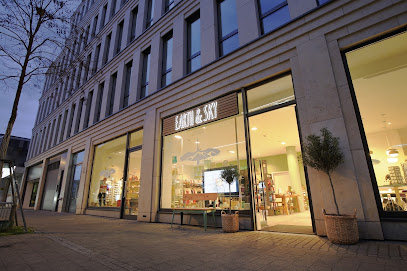
Kauf Dich Glücklich Hannover
0.5 km
Explore stylish clothing and unique footwear at Kauf Dich Glücklich Hannover, a must-visit destination for fashion lovers.
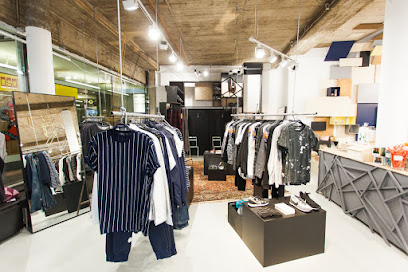
Zalando Outlet Store Hannover
0.5 km
Explore unbeatable fashion deals at Zalando Outlet Store Hannover, your ultimate shopping destination for clothing, shoes, and accessories.
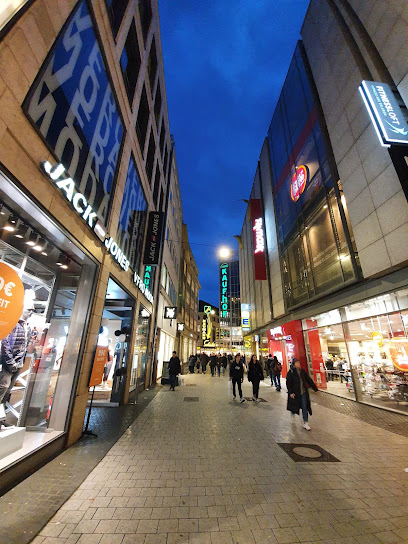
Primark
0.5 km
Explore Primark in Hannover for trendy, affordable fashion and home goods that cater to every style and budget.
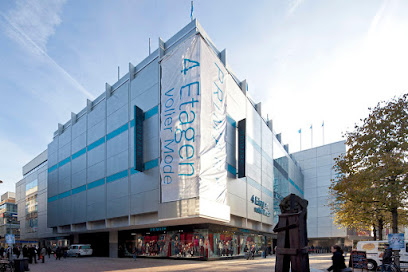
HEMA
0.5 km
Explore HEMA in Hanover for unique gifts and delightful products, from clothing to home decor, all in a charming shopping atmosphere.
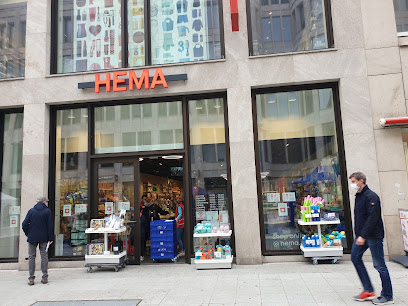
AUST Fashion Hannover - Kröpcke Center
0.5 km
Discover unique styles at AUST Fashion Hannover, located in the vibrant Kröpcke Center, where contemporary fashion meets local charm.
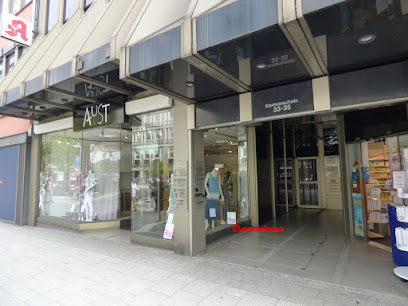
Nespresso Boutique Hannover
0.5 km
Explore the elegance of coffee at Nespresso Boutique Hannover, where premium blends and expert guidance await every coffee enthusiast.
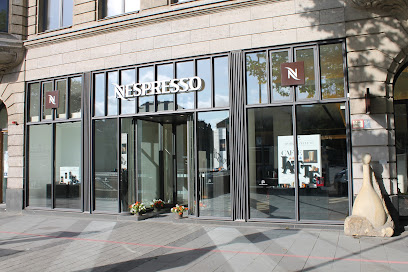
Blue House
0.5 km
Explore the Blue House in Hanover, where quality men's fashion meets modern style for the discerning traveler.
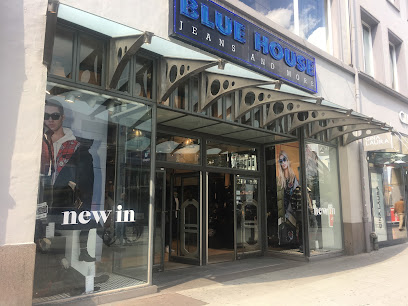
Manufactum Warenhaus
0.6 km
Explore the charm of Hannover at Manufactum Warenhaus, where quality and craftsmanship come together in a delightful shopping experience.
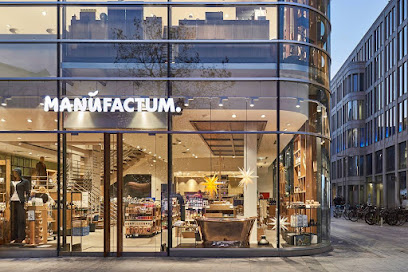
Urban Outfitters
0.6 km
Shop unique fashion, accessories, and home decor at Urban Outfitters in Hanover, where trendy meets eclectic for a memorable shopping experience.
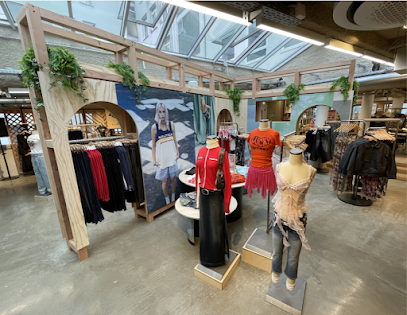
Essential bars & hidden hideouts
Barfuß Bar
0.1 km
Experience the vibrant nightlife of Hanover at Barfuß Bar, where great drinks and a lively atmosphere await every visitor.
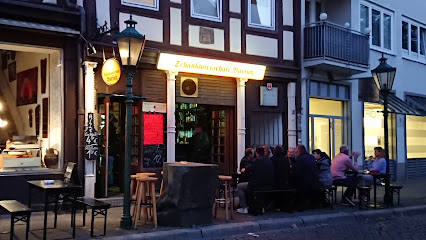
Schateke
0.1 km
Discover the flavors of Germany at Schateke, a cozy pub in Hanover-Mitte offering traditional dishes and a fine selection of local beers.
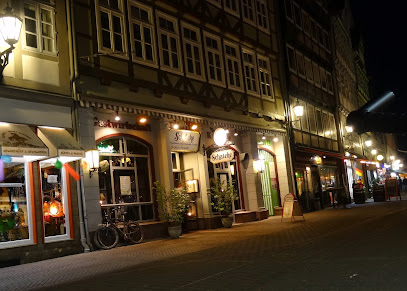
Craft Bier Bar Hannover
0.2 km
Discover the vibrant craft beer culture at Craft Bier Bar Hannover, where every sip tells a story of passion and flavor.
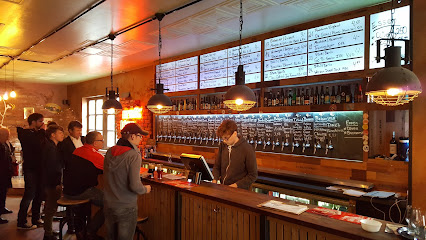
Dublin Inn
0.2 km
Experience the warmth of Irish hospitality at Dublin Inn, where traditional food, drinks, and sports come together in Hanover's lively atmosphere.
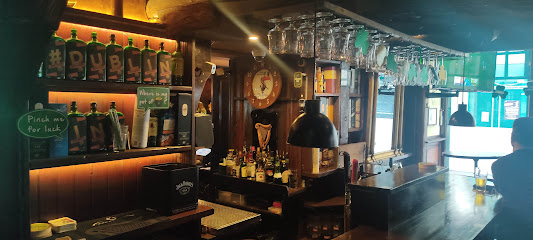
Alt Hanovera Irish Pub
0.2 km
Discover the authentic Irish pub experience at Alt Hanovera, where great food, drinks, and live music create memorable moments in Hannover.
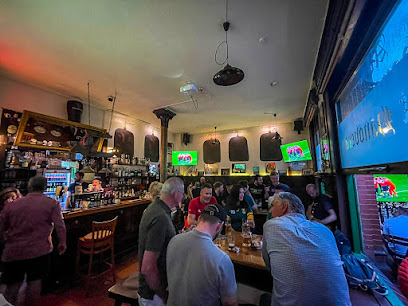
My Way Altstadt
0.3 km
Savor the essence of Hanover at My Way Altstadt, where gourmet burgers, artisanal pizzas, and vibrant cocktails come together in a lively atmosphere.
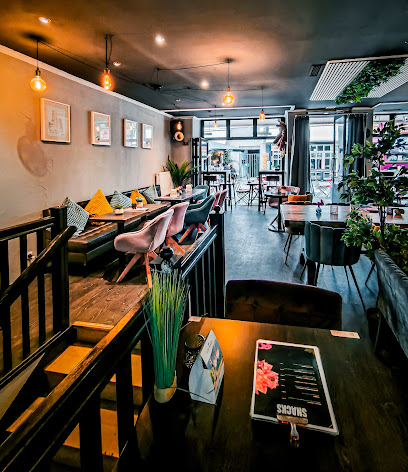
Brauhaus Ernst August
0.3 km
Experience the best of Hanover at Brauhaus Ernst August, a lively gastropub offering delicious food, local beers, and vibrant live music.
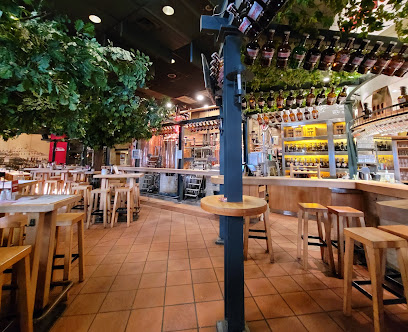
Schöne Aussichten 360° Beachclub Hannover
0.3 km
Discover the lively Schöne Aussichten 360° Beachclub in Hannover, where vibrant ambiance meets stunning views and refreshing drinks for a perfect getaway.
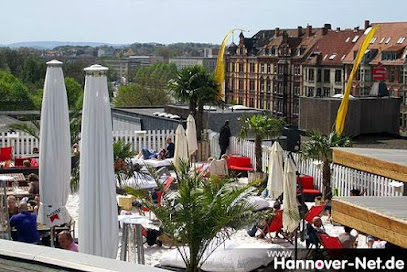
Bar Königsbar
0.5 km
Experience the vibrant nightlife at Bar Königsbar in Hanover, a cozy bar perfect for unwinding and socializing with locals and fellow travelers.
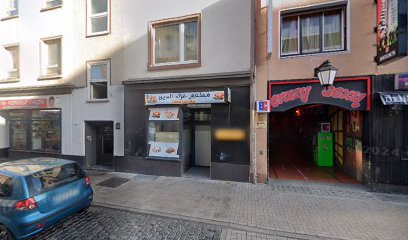
Oscar's Bar - Hannover
0.6 km
Discover the lively atmosphere of Oscar's Bar in Hannover, where exceptional cocktails meet a welcoming pub experience for all visitors.
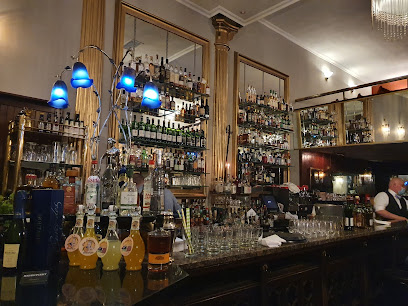
Roof Garden Hannover
0.7 km
Discover the vibrant Roof Garden Hannover, a rooftop cocktail bar offering stunning views, exquisite drinks, and an unforgettable atmosphere in the heart of the city.
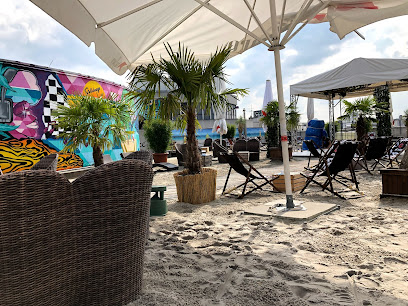
Leos Bar
0.7 km
Discover the lively atmosphere and exquisite drinks at Leos Bar, the heart of Hanover's nightlife. Perfect for unwinding or enjoying a night out.
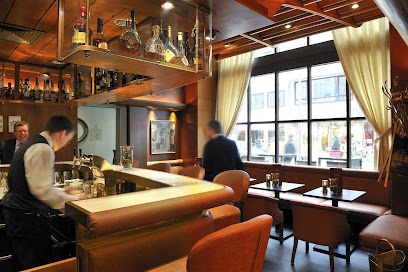
SoundShake Hannover
0.7 km
Discover the lively ambiance of SoundShake Hannover, where vibrant cocktails meet a unique hookah experience in the heart of the city.
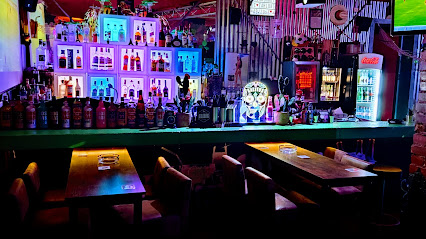
Hannover's Wohnzimmer
0.8 km
Discover the cozy charm of Hannover's Wohnzimmer, a bar that captures the vibrant spirit of Hanover's nightlife with delightful drinks and a welcoming atmosphere.
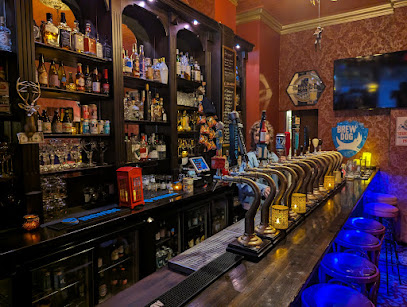
Sternwarte - Hannover
0.8 km
Explore the cosmos at Sternwarte - Hannover, where stargazing meets the perfect nightlife experience in the heart of the city.
